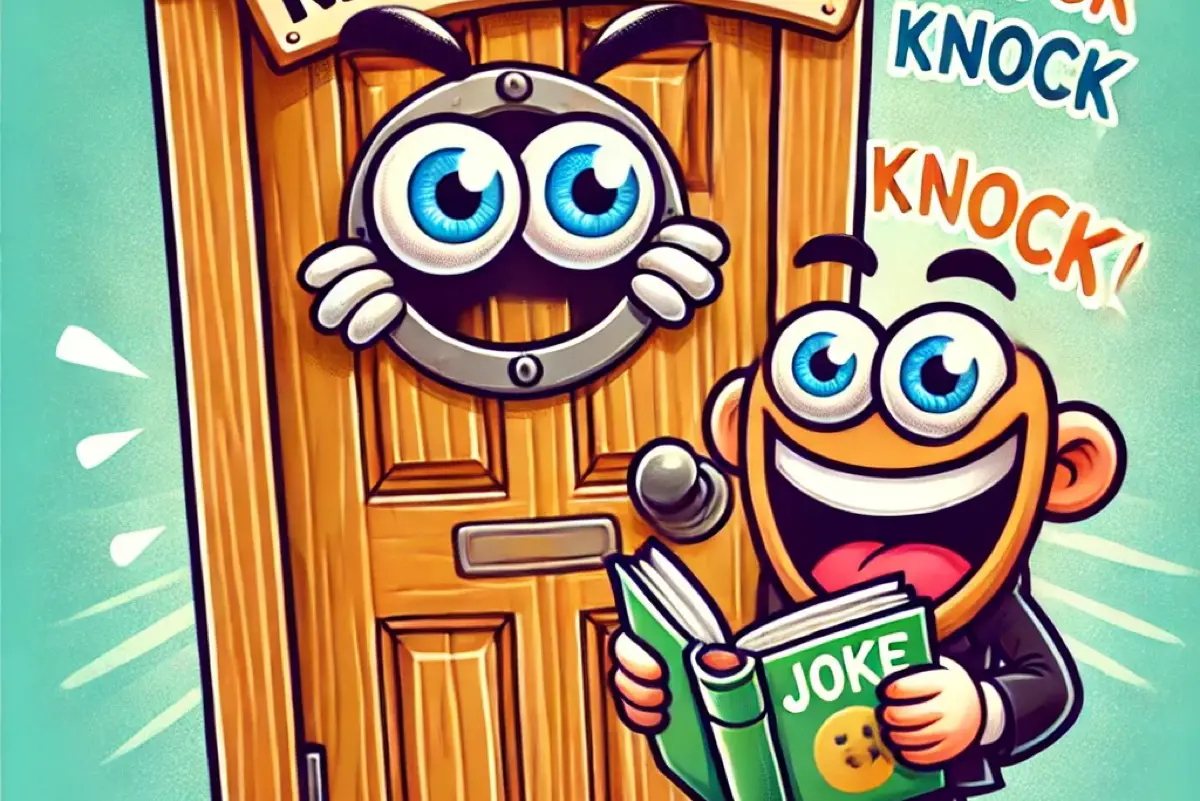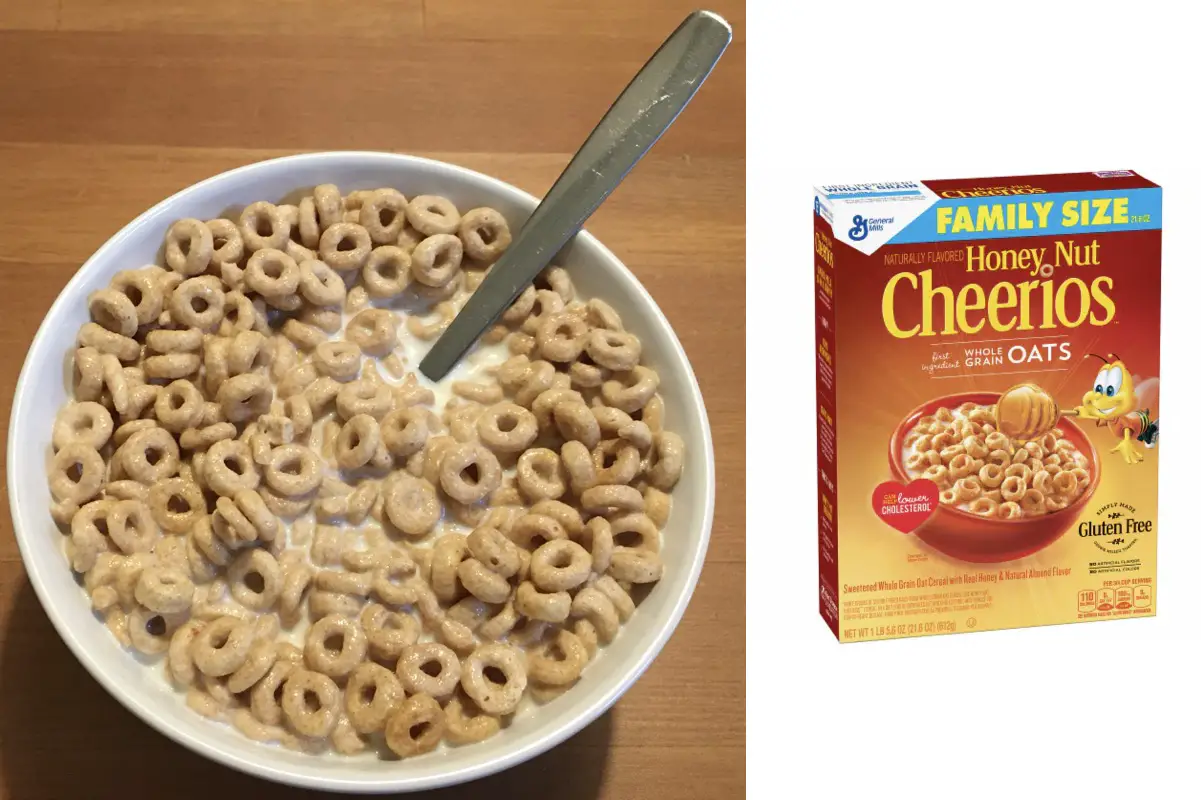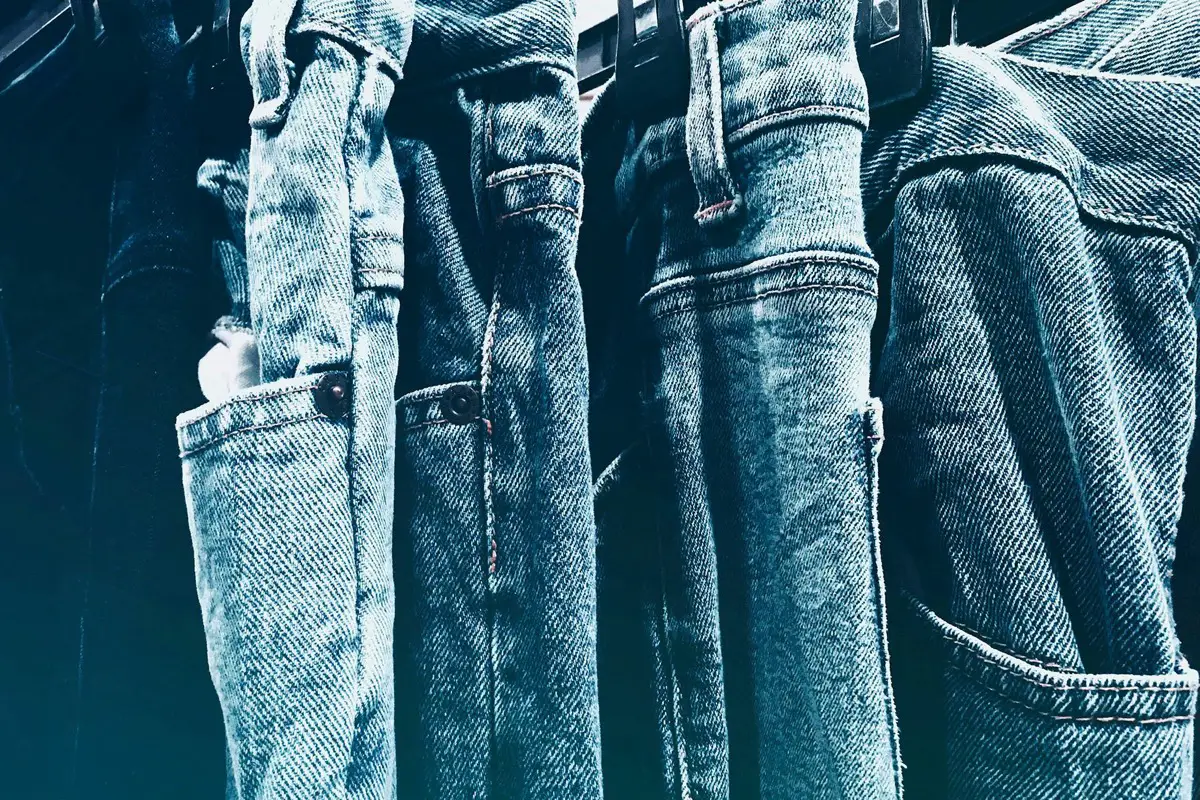When it comes to scents, the human nose is attuned to countless variations. While universally pleasant smells like fresh flowers, baked goods, and clean linens have clear and widely shared appeal, there exists a niche category of odd or “weird” scents that certain people find strangely comforting, nostalgic, or simply enjoyable. Here, we’ll explore some of these unconventional aromas that have a surprising number of admirers, often connected to unique memories, emotions, or sensory satisfaction.
Gasoline
Gasoline is arguably the poster child for the category of weird but popular smells. Many people find themselves enjoying the sharp, heady scent wafting from a gas station or a lawnmower’s fuel tank. The appeal of gasoline might be due to its association with road trips, warm summer days, or time spent tinkering in the garage. Psychologically, the hydrocarbons in gasoline can trigger the brain’s reward centers, which might explain why some people are drawn to this powerful scent, even though it’s far from traditionally pleasant.
Freshly Opened Tennis Balls
The aroma released when opening a new can of tennis balls has an almost cult-like following. The combination of synthetic rubber and chemicals creates a distinct scent that fans describe as clean and oddly satisfying. The nostalgia factor often comes into play here, evoking memories of summer tennis matches, gym classes, or time spent playing sports as a child.
New Car Smell
The “new car smell” is so beloved that air fresheners have been designed to replicate it. The scent comes from the combination of materials like plastics, leather, and adhesives used during the vehicle manufacturing process. There’s a complex mix of volatile organic compounds (VOCs) that create that fresh, industrial scent. For many, it’s associated with the thrill of a new purchase, status, or the excitement of embarking on new journeys.
Markers and Glue
Permanent markers, glue, and even certain types of correction fluid hold an unusual appeal for some. The chemical undertones of these items, often stemming from volatile solvents like toluene or ethanol, can create a sensory experience that people find oddly enjoyable. It’s likely that this stems from childhood memories of using school supplies, crafting, or drawing. However, the safety of sniffing these items is questionable, and they should be handled with care.
Rain on Dry Earth (Petrichor)
The smell of rain hitting parched soil, known as petrichor, is cherished by many for its earthy, soothing aroma. This scent is produced when rain interacts with dry plant oils and a compound called geosmin, which is released from the soil. Geosmin is highly potent to the human nose, even in tiny quantities. The scent is deeply rooted in human evolutionary history as a signal of approaching rain, which could explain why it is so universally loved.
Old Books
For bibliophiles, the smell of an old book is one of life’s simple pleasures. This scent is created by the breakdown of chemical compounds within the pages, including lignin, which is related to vanillin (a component in vanilla). The aroma can evoke feelings of nostalgia, comfort, and intellectual curiosity. Each book, particularly older ones, carries a slightly different combination of scents depending on the type of paper, ink, and how it has aged over time.
Campfire Smoke
While smoke itself can be acrid and off-putting, the scent of campfire smoke holds a special place in the hearts of many. It recalls cozy nights spent by a fire, stories shared under the stars, and the warmth of a gathering. The smell of burning wood, especially hardwoods like oak or maple, releases complex smoky aromas that blend with the fresh, outdoor air to create a memorable and comforting experience.
Chlorine at the Pool
The scent of chlorine is often associated with swimming pools, summer, and relaxation. While it’s a chemical odor, it brings back memories of splashing in the water, the joy of being outdoors, and carefree days. The distinct smell is caused by chloramines, a chemical reaction between chlorine and organic matter. Though not inherently pleasant, it holds a unique place in sensory memory.
Hardware Store Smell
A mix of metal, rubber, treated wood, and other industrial materials creates the characteristic scent of a hardware store. For some, this smell is associated with DIY projects, home improvement efforts, or childhood trips to the store with a parent. There’s an element of industriousness and creativity tied to this scent that resonates with those who enjoy building or fixing things.
Freshly Printed Paper or Ink
The scent of freshly printed paper or newly released books holds a strange charm for many. This smell can be attributed to the paper, ink, and chemicals used during the printing process. The aroma of new magazines, catalogs, or books might evoke a sense of novelty and curiosity, as it’s often associated with fresh content and new information.
Freshly Cut Grass
While not particularly odd, the smell of freshly cut grass makes this list because it is a universally recognized scent that not everyone understands the appeal of. The smell is actually a plant distress signal, released as volatile organic compounds when grass blades are cut. For many, it’s the quintessential smell of summer, outdoor activities, and a sign of well-tended lawns. It can stir nostalgic memories of childhood play or simple, sunny afternoons spent outdoors.
Matches and Sulfur
The brief, sharp smell of a just-struck match is surprisingly favored by many people. This scent, created by the sulfur and red phosphorus on the match head, is distinct and fleeting, giving just enough of a sensory jolt to be enjoyable without becoming overwhelming. It may evoke feelings of warmth, as matches are often lit to start fires, candles, or even in the context of a celebration like lighting birthday candles.
Paint and Paint Thinner
Some individuals enjoy the smell of paint or paint thinner, which contains solvents that can have an oddly pleasant quality. The appeal here can be traced back to the context in which these smells are experienced—painting a room signifies change, creativity, and transformation. While exposure should be minimal for safety reasons, brief encounters with this scent can evoke excitement for fresh starts or new projects.
Leather
The smell of leather is often described as rich, warm, and slightly earthy. It’s the reason many high-end cars and luxury items are coveted not just for their look but for their scent. The appeal of leather’s smell comes from the process of tanning, which releases specific organic compounds. It’s a smell tied to quality, craftsmanship, and durability.
Nail Polish Remover
The sharp, pungent scent of nail polish remover (typically made from acetone) is another scent that some find strangely enticing. It’s usually associated with self-care routines, salons, or moments of personal pampering. While it’s undeniably chemical in nature, the context of use might imbue it with positive associations for those who enjoy the process of caring for themselves.
Tar and Asphalt
The warm, sticky smell of asphalt or tar on a sunny day is surprisingly favored by a niche group. The scent, released as the material heats up, can evoke memories of childhood summers, construction, and the reassuring hum of activity. While many may find it overwhelming, others enjoy its potent, earthy character.
Antique Stores and Attics
Old wood, dust, paper, and vintage fabrics combine to create the unique scent of antique shops and attics. This smell is deeply tied to memories and curiosity, as it often comes with discovering forgotten treasures or pondering over historical items. It’s a complex aroma that tells a story, inviting the mind to wander through th
Why People Like Weird Smells
The question of why people enjoy strange or unconventional smells is fascinating and rooted in a blend of psychology, biology, and personal experience. The allure of these scents can be explained by a few main factors:
1. Nostalgia and Memory Associations
One of the most powerful drivers behind the appeal of unusual smells is nostalgia. The olfactory system, which is responsible for our sense of smell, is closely linked to the limbic system in the brain, where emotions and memories are processed. This connection means that certain smells can trigger vivid memories and associated emotions, often dating back to childhood or significant moments in life. For instance, the scent of a freshly opened tennis ball may remind someone of summer days playing in the park, while the smell of chlorine might transport someone back to their favorite poolside vacations. This emotional tie can turn a scent that might otherwise be neutral or unpleasant into something deeply comforting or enjoyable.
2. Evolutionary and Biological Responses
Some unconventional smells are linked to evolutionary instincts that may have had practical uses in the past. For example, the attraction to the earthy scent of rain, known as petrichor, could have roots in our ancestors’ need for rain as a life-sustaining resource. Similarly, the appeal of gasoline or tar might be less about utility and more about the brain’s complex reaction to certain hydrocarbon molecules that stimulate the reward center.
3. Chemical Reactions and Brain Stimulation
Certain scents contain volatile compounds that can create unique reactions in the brain. The scent of leather, for example, comes from organic compounds released during the tanning process. These compounds can trigger the brain’s pleasure centers, creating a subtle sense of satisfaction. The strong, chemical smell of permanent markers or nail polish remover might have a similar effect, providing a brief, sharp stimulus that some find enjoyable or mentally stimulating.
4. Emotional Connections and Situational Context
The context in which a smell is encountered can strongly influence whether it is perceived as pleasant or unpleasant. People who enjoy the smell of campfire smoke, for example, may do so because it is associated with positive experiences like camping trips, singing songs around the fire, or spending time with loved ones. The emotional weight attached to these moments can make the smell itself feel warm, nostalgic, and inviting.
5. Sensory Curiosity and Uniqueness
Some people are naturally drawn to novel or unique sensory experiences. The distinct smell of new books, hardware stores, or fresh paint might be appealing because it is different from everyday scents and offers a break from routine. The human brain is wired to notice new or unusual stimuli, which can explain why people may find satisfaction in scents that are sharp, industrial, or otherwise outside the norm.
6. Cultural Influences
Cultural background and upbringing can also play a role in how we perceive and enjoy certain smells. In some cultures, particular scents that might seem unusual elsewhere are considered pleasant and normal. For instance, the scent of aged leather might be deeply tied to craftsmanship and heritage in certain parts of the world, making it an aroma that carries prestige and comfort. Similarly, the smell of certain foods, spices, or materials in traditional crafts can evoke cultural pride and nostalgia.
7. The Power of Contrast
Weird smells can also appeal because they stand out in contrast to what we typically encounter. When surrounded by the daily aromas of food, hygiene products, and nature, a sharp whiff of gasoline, rubber, or sulfur can provide a distinct sensory shift. This contrast can create a moment of heightened awareness and engagement, drawing people in simply because it’s different.











